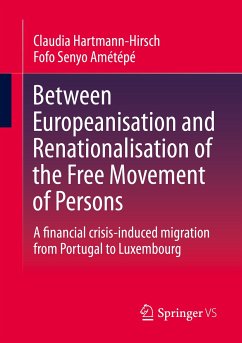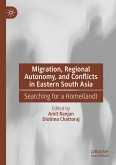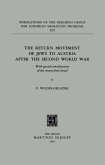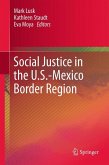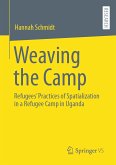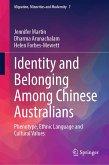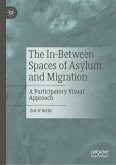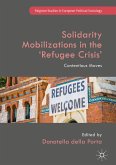The authors Dr. Claudia Hartmann-Hirsch and Dr. Fofo Senyo Amétépé have worked at LISER (Luxembourg Institute of Socio-Economic Research) on migration related topics, in particular on Luxembourg's atypical migration structure. Fofo Senyo Amétépé is currently working at STATEC (Institut national de la statistique et des études économiques du Grand-Duché de Luxembourg).
This book is a translation of an original German edition. The translation was done with the help of artificial intelligence (machine translation by the service DeepL.com). A subsequent human revision was done primarily in terms of content, so that the book will read stylistically differently from a conventional translation.
Dieser Download kann aus rechtlichen Gründen nur mit Rechnungsadresse in A, B, BG, CY, CZ, D, DK, EW, E, FIN, F, GR, HR, H, IRL, I, LT, L, LR, M, NL, PL, P, R, S, SLO, SK ausgeliefert werden.

